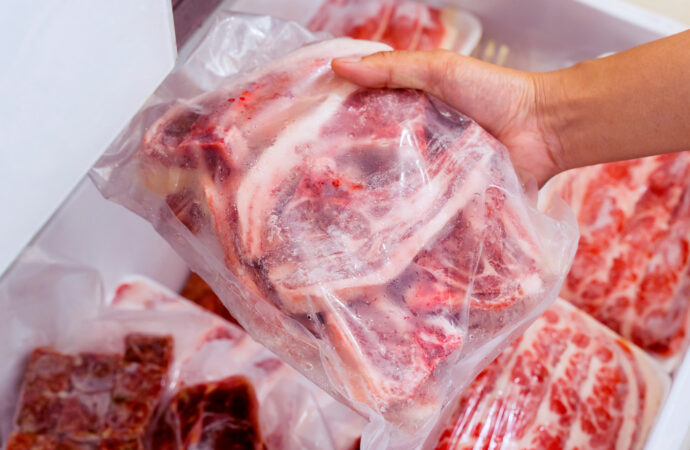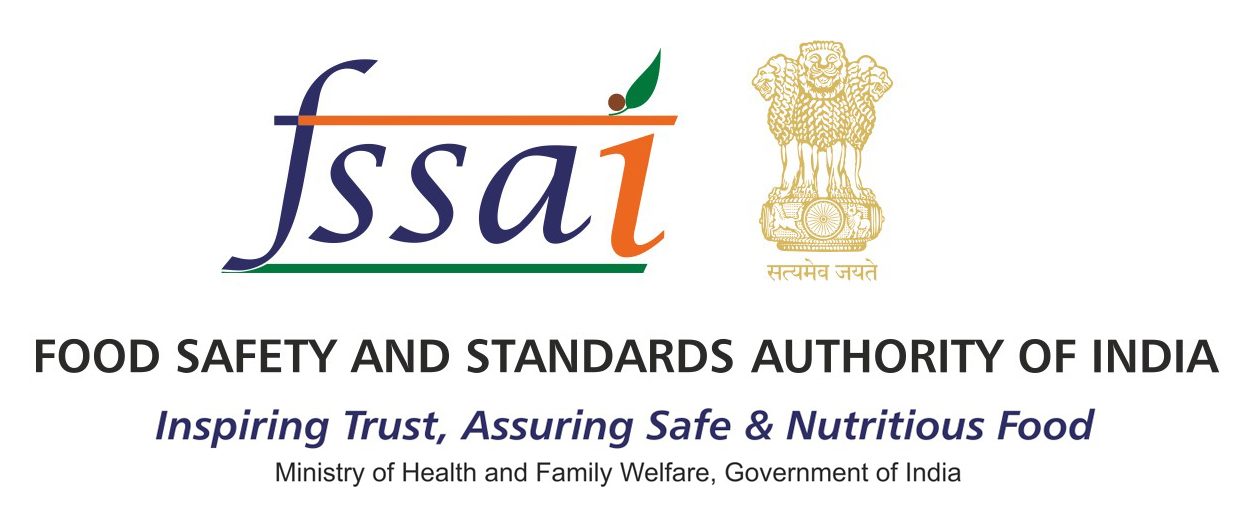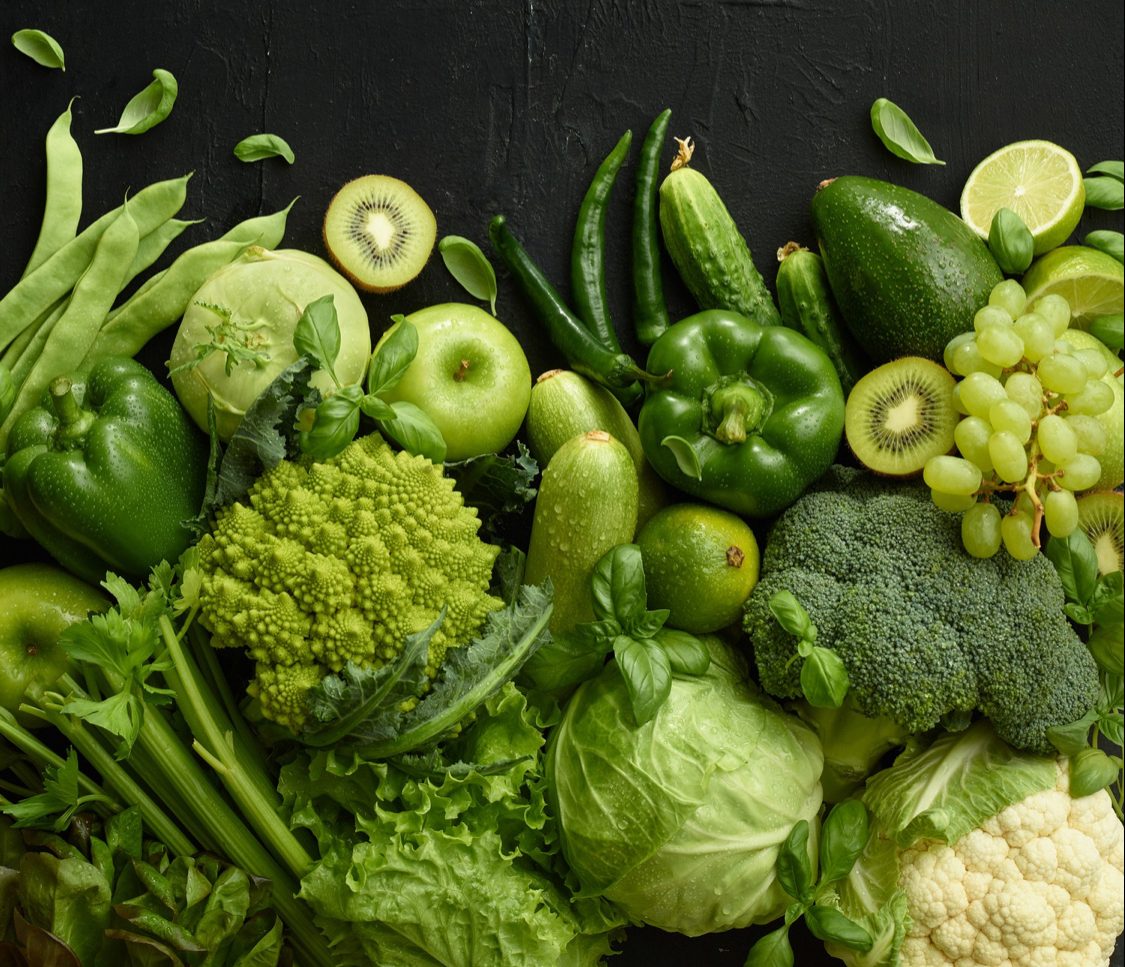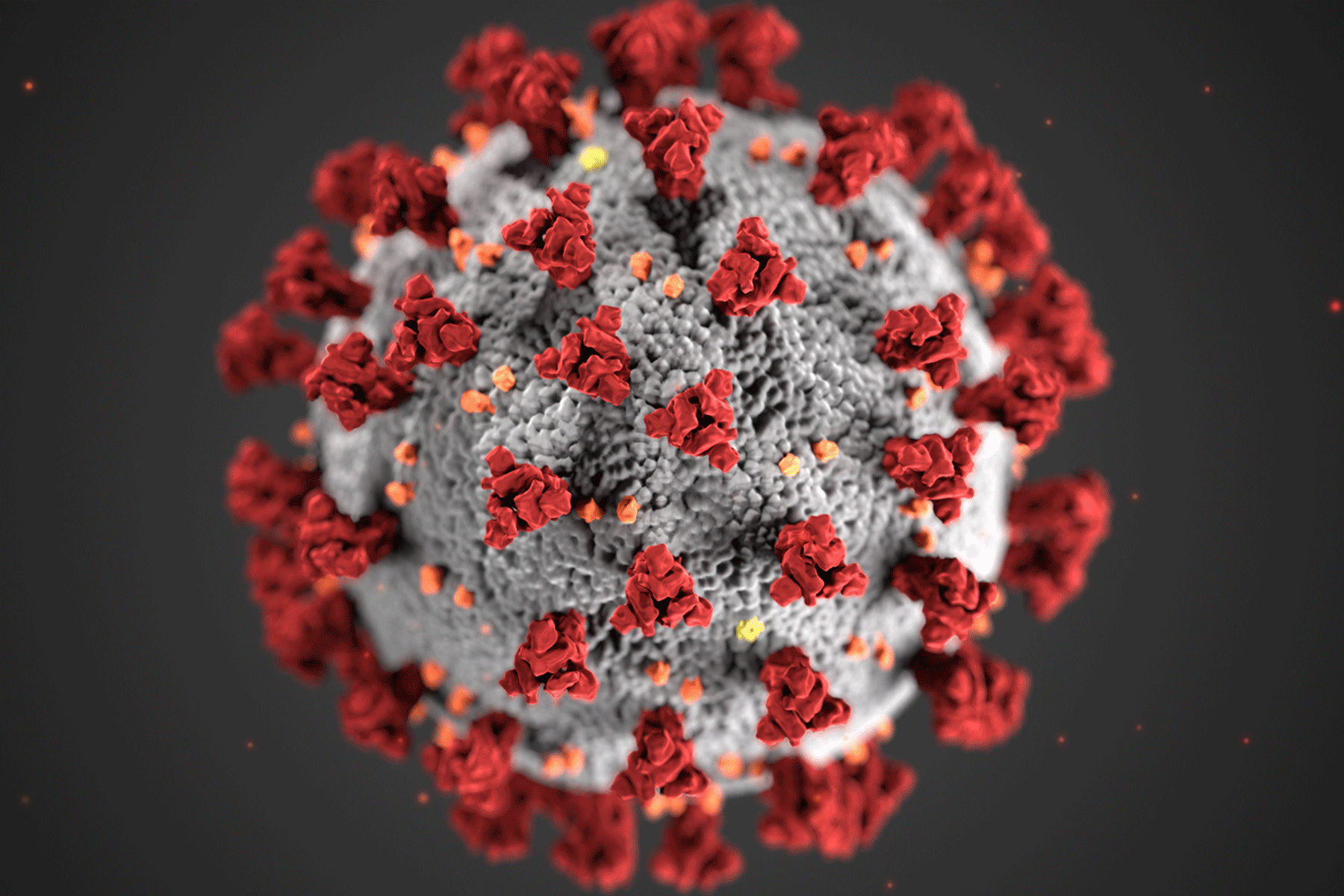India’s culinary landscape is rich and diverse, with meat playing a central role in many regional dishes. From tender chicken kebabs to spicy mutton curry, meat-based meals are a beloved part of Indian diets. However, growing urbanisation, increasing demand, and the rise of unorganised meat markets have raised an important question: how safe is the meat we consume? Behind the mouth-watering flavours lies a less discussed concern—hygiene and safety in meat handling, which leads to contaminated meat. As foodborne illnesses become more frequent, it’s crucial to examine how meat is produced, stored, and sold across the country, and how we can ensure it’s truly safe to eat.
The Risk Is Real: Contaminated Meat and Health Hazards
Contaminated meat is a major but often underestimated public health risk in India. Unsanitary conditions during slaughter, handling, and storage provide the perfect breeding ground for harmful microorganisms. Meat contaminated with bacteria such as Salmonella, Listeria, E. coli, and Campylobacter can lead to foodborne illnesses, including severe stomach infections, diarrhoea, typhoid, tapeworm infestation, and in some cases, life-threatening conditions like listeriosis or sepsis.
Children, pregnant women, and those with weakened immune systems are especially vulnerable to these infections. Inadequate regulation and weak monitoring make it easier for unsafe meat to enter the food chain unnoticed.
Where Does the Contamination Happen?
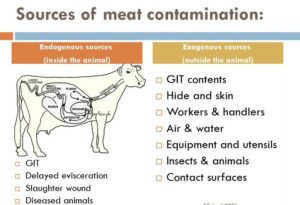
Meat contamination in India can occur at several stages:
-
Unhygienic Slaughter Practices: Many slaughterhouses operate without basic sanitation—blood-stained floors, flies, and no running water are common. These environments allow bacteria to thrive.
-
Improper Storage: Without refrigeration, meat spoils rapidly in India’s hot and humid climate. Spoiled meat may be sold regardless, posing a serious health threat.
-
Cross-contamination: When butchers use the same knives or chopping boards for different animals without cleaning them in between, pathogens spread quickly.
-
Chemical Contaminants: Substances like formalin are sometimes used illegally to preserve fish or meat, masking spoilage and increasing health risks.
-
Antibiotic Overuse: Livestock are often given antibiotics to promote growth or prevent illness in crowded farms. This can lead to antibiotic residues in meat, and worse, contribute to antibiotic resistance in humans.
-
Poor Waste Disposal: Slaughter waste left unattended attracts pests and contaminates nearby surfaces and water sources.
The Divide: Organised vs. Unorganised Meat Sector
India’s meat industry has two starkly different faces. On one side are the unorganised, traditional meat markets which still dominate in many towns and cities. These markets operate with minimal oversight, often lacking basic facilities like drainage, waste management, or refrigeration.
On the other side is a slowly emerging organised meat sector. Urban consumers, increasingly aware of hygiene, are opting for meat from licensed vendors, modern butcheries, and online platforms. These businesses tend to follow food safety guidelines, maintain cold chains, employ trained staff, and offer traceable meat products. However, these cleaner options are not yet accessible or affordable to all, especially in rural or low-income areas.
What’s Holding Back Safer Meat?
Several barriers hinder the widespread availability of clean and safe meat in India:
-
Enforcement Gaps: Although food safety authorities have issued guidelines, enforcement at the ground level remains weak. Regular inspections are rare, and penalties are often minimal.
-
Infrastructure Deficit: Many municipal slaughterhouses lack drainage systems, modern equipment, and trained personnel, making safe operations nearly impossible.
-
Lack of Consumer Awareness: Many consumers do not question the source or handling of their meat. This lack of demand for accountability allows unhygienic practices to persist.
-
Limited Cold Chain Logistics: Inadequate refrigeration during transportation and at point-of-sale leads to faster spoilage and bacterial growth.
How Can Consumers Stay Safe?
Until safe meat becomes the norm across India, individual awareness and caution can help prevent foodborne illnesses. Here are a few practical tips:
-
Buy meat from trusted, licensed vendors who maintain hygienic facilities.
-
Check surroundings for cleanliness, availability of refrigeration, and whether staff use gloves or aprons.
-
Avoid suspiciously fresh-looking or deep-discounted meat, especially in hot weather or open markets.
-
Cook meat thoroughly, especially poultry, which is more prone to bacterial contamination.
-
Wash hands, utensils, and surfaces after handling raw meat to prevent cross-contamination.
-
Store meat properly—in the fridge if using soon, or the freezer for longer storage.
Final Thoughts
Meat safety in India isn’t just a government responsibility—it’s a collective effort. Authorities must enforce hygiene standards, upgrade infrastructure, and educate vendors. Sellers must commit to safer practices. And as consumers, we must demand transparency and make informed choices. A meal should delight the senses, not endanger health. With more awareness and consistent action, India can bridge the gap between taste and safety, ensuring that what’s on our plates is clean, safe, and nourishing.
 Food Manifest
Food Manifest 